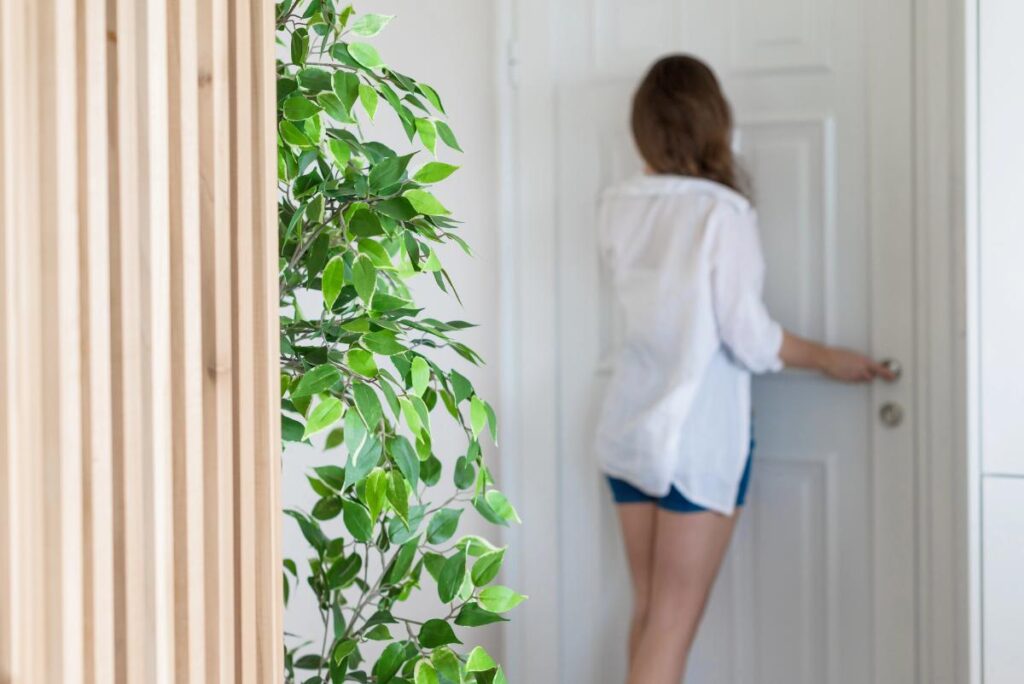
Smart door locks have changed the way we think about home security. With a range of options, from keypads to fingerprint sensors, they bring convenience, flexibility, and a touch of innovation to residential and commercial properties. For instance, some households have upgraded to a facial recognition door lock, eliminating the need for keys altogether and enhancing personalized security. However, like any technology, smart locks have their strengths and shortcomings. Here’s a detailed look at both sides.
Increased Convenience and Access Flexibility
One of the primary reasons people switch to smart door locks is convenience. Traditional keys can be lost or forgotten, but smart locks offer multiple ways to unlock a door. Many models use mobile apps, PIN codes, or biometric methods, making entry simple for authorized users.
Smart locks also allow remote access. If a family member or guest needs to get in while you’re away, you can grant access through your smartphone. Temporary codes can be set for cleaners or delivery services, and permissions can be revoked at any time. This level of control is particularly useful for rental properties and home-sharing platforms.
Enhanced Security Features
Modern smart locks come with advanced security functions. Built-in alarms, auto-lock timers, tamper alerts, and activity logs provide an extra layer of protection. Some even integrate with broader home security systems, allowing for real-time monitoring and alerts.
For example, when paired with surveillance systems, a smart lock can notify you if someone tries to force the door open. Some models even have geofencing features that lock the door automatically when you leave the house, helping prevent human error.
Design Versatility and Modern Aesthetics
Smart door locks are available in a variety of finishes and designs. They blend well with both contemporary and traditional home aesthetics. Whether you’re looking for a sleek touchscreen model or a more discreet option that resembles a regular lock, there are plenty of choices.
In addition to style, some locks allow voice control through integrations with Alexa, Google Assistant, or Siri, making daily use even smoother. These integrations add a level of futuristic sophistication that traditional locks can’t match.
Dependence on Technology and Power
Despite their appeal, smart locks depend heavily on technology. This includes internet connectivity, Bluetooth signals, and power supply. If your Wi-Fi goes down or the lock’s batteries run out, it can lead to lockouts or reduced functionality.
While most devices issue low-battery warnings or have backup entry options (like physical keys or external battery terminals), users must stay proactive to avoid problems. In rare cases, software bugs or failed updates may also cause temporary malfunctions.
Potential Cybersecurity Risks
As with any internet-connected device, smart locks can be vulnerable to hacking. Although most manufacturers implement encryption and security protocols, no system is completely immune. If the lock is linked to an unsecured home network, the risk increases.
It’s essential to use strong passwords, regularly update firmware, and monitor login activity. Choosing a reputable brand with a proven security record can minimize threats, but users must also do their part to protect digital access points.
Higher Initial Cost and Maintenance
Smart locks often come with a higher price tag than traditional locks. Installation can also be more complex, particularly for advanced models that require wiring or syncing with other smart home systems. While some options are designed for DIY setup, others may need professional installation.
Ongoing maintenance is another factor. Keeping the firmware up to date, replacing batteries, and troubleshooting connectivity issues add to long-term upkeep. For tech-savvy users, this may not be a problem, but for others, it could be a source of frustration.
Practical Use Cases and User Experience
Smart locks are especially useful for larger households, elderly residents, or anyone with mobility issues. Features like remote unlocking or voice commands make day-to-day use simpler and more accessible. Parents can also track when kids arrive home, thanks to logging features.
In rental or commercial settings, smart locks reduce the need for physical key management. Codes can be reassigned quickly, and access can be tracked to enhance accountability. These practical benefits often outweigh the downsides, depending on the context.
Smart door locks offer a strong blend of convenience, control, and security. They simplify access management, eliminate the hassle of physical keys, and give homeowners more ways to monitor and protect their property. The ability to lock or unlock your door remotely, set temporary access codes, and receive instant alerts creates a more responsive and flexible home security system.
Ultimately, the value of a smart lock depends on how it fits into your lifestyle. If you’re comfortable using technology and value added layers of automation and control, the investment in home security often pays off. For many, the right smart lock doesn’t just add convenience, it enhances overall safety and brings peace of mind into sharper focus.
